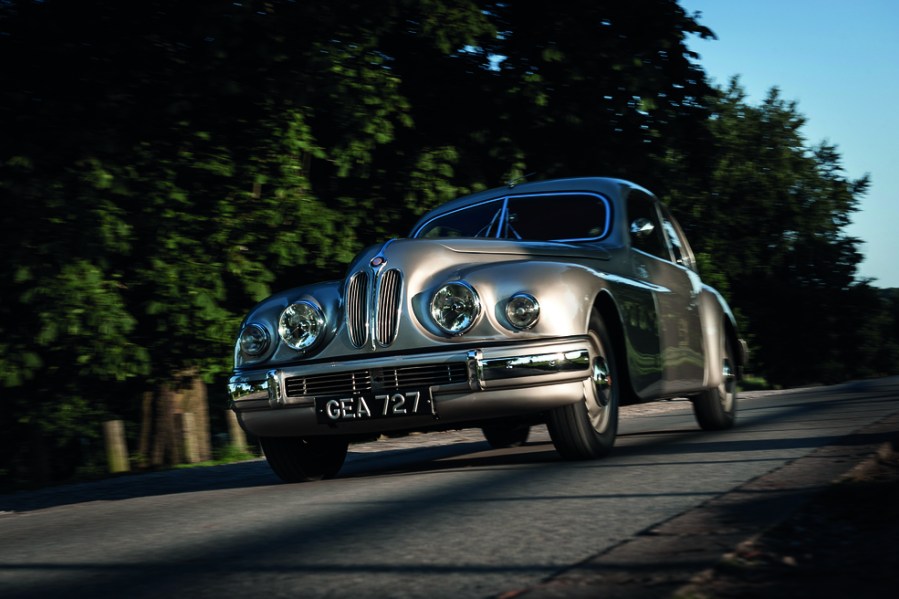As oddball car brands go, they don’t get more quirky than Bristol, a marque which made Rolls-Royce look positively mainstream and which inspired unparalleled levels of loyalty among its clientele. All of whom would have acquired their cars via the company’s single showroom in Knightsbirdge, most likely in a personal deal with the brand’s long-term custodian, Anthony Crook.
Like a British version of Saab, Bristol began as the offshoot of an aeroplane maker of the same name and its cars were similarly inspired by aeronautic design principles. The story goes that Sir George White, chairman of the Bristol Aeroplane Company, had watched his enterprise boom during WW2, to the point where it was one of the world’s major aviation companies… but with a large workforce to consider, was mindful of the need to keep them occupied when peace returned.
The decision was made to start manufacturing cars and the simplest solution appeared to be to acquire an existing maker. This resulted in Frazer Nash temporarily joining the fold, before the two parted company shortly afterwards and Bristol Cars became an independent entity.
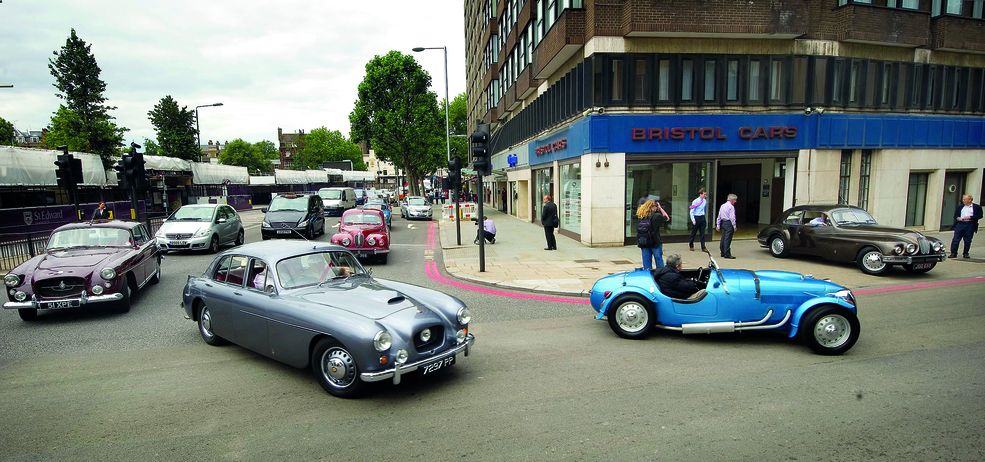
The first Bristol-branded car appeared in 1946 and the brand acquired a fine reputation for sporting saloons using its own engines until the nationalisation of the aero industry in 1960 saw the car-making arm enter private ownership. Without the resources of an aero engine maker, the firm was unable to develop a new range of engines and so turned to the USA – or rather, Canada, where Chrysler supplied the hefty V8 engines which would power Bristol cars into the ’90s.
The firm ticked over quietly during the ’70s and ’80s, selling a steady trickle of its uniquely styled and beautifully crafted cars to the faithful, until 2007 when Crook made the decision to retire. The new owners struggled with the company and in 2011 it entered administration. In the finest traditions of the low-volume British motor industry though, the assets were acquired at the last minute by non other than the ironically named Frazer-Nash Research, which remains the current custodian of the brand and for the last year has been releaseing teasers of a new BMW-powered model named Bullet.
Here then are the ups and downs of the famous firm’s history, which is a fascinating journey – and that’s before you consider the aeroplanes, buses and even trams which bore the same name.
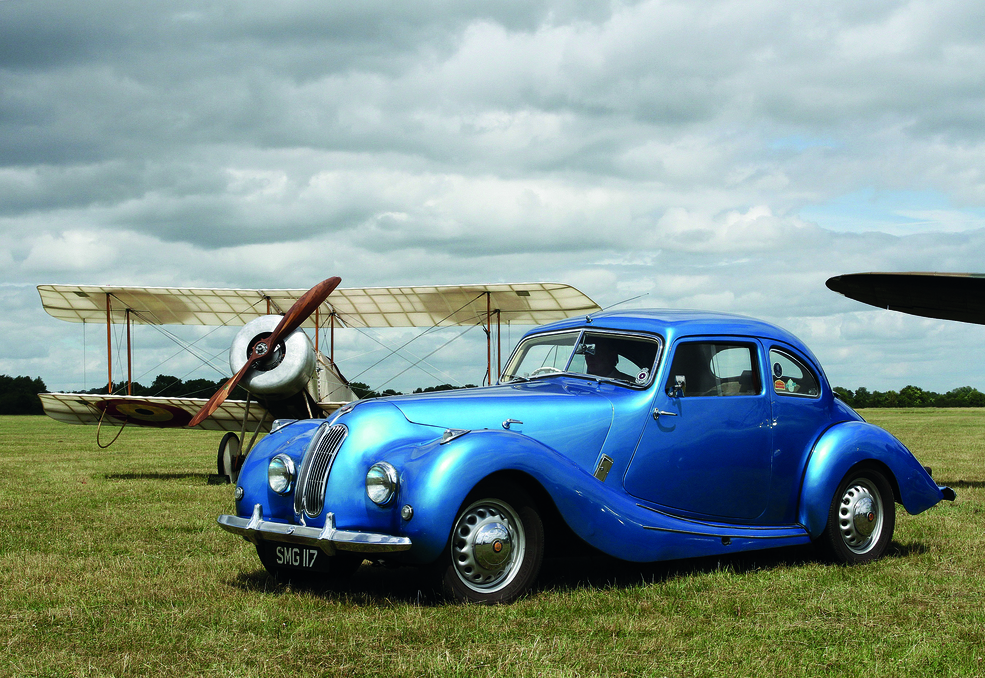
HIGH: 1945
Planes, trams and automobiles
Looking to establish itself as a car maker, the Bristol Aeroplane Company reasons that acquiring a going concern would be the simplest way in and duly acquires Frazer Nash. Apparently Alvis, Aston Martin, Lagonda and even ERA were all considered at one point.
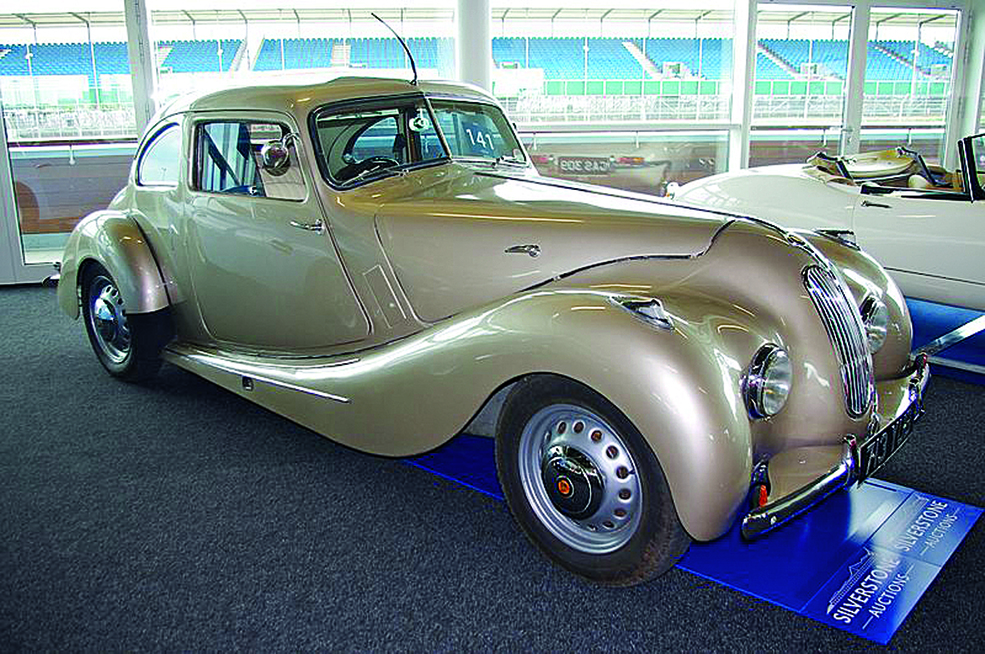
HIGH: 1946
British BMW
The first Bristol-branded car is unveiled in the shape of the 400. Designed along aeronautical principles like the early Saab, it’s similar to the prewar BMW 326 and 328, the manufacturing licences for which had rather usefully been obtained by Frazer Nash. With a steel body but aluminium doors, bonnet and boot, the car uses a separate chassis based on the 326 and a 2-litre Bristol-built engine derived from the BMW 328’s straight-six unit. With an elegant style which would be lost with future models, the 400 is a neat British alternative to the BMW and with a top speed of 96 mph is a well regarded sports car.
HIGH: 1947
From Bristol to Stuttgart
It could so easily have been a low: following disagreements between the Aldingtons of Frazer Nash and the Bristol management, the company elects to dispose of the Frazer Nash concern. It isn’t entirely acrimonious though, since Fazer Nash continues to contract Bristol to manufacture the BMW-licensed engines and in return Bristol continues to use them in its own cars. Meanwhile, Bristol emerges as a standalone brand and will go on to outlive the original Frazer Nash concern, which in a curious twist of fate would eventually become the UK importer for Porsche, subsequently acquired by the German maker in 1987.
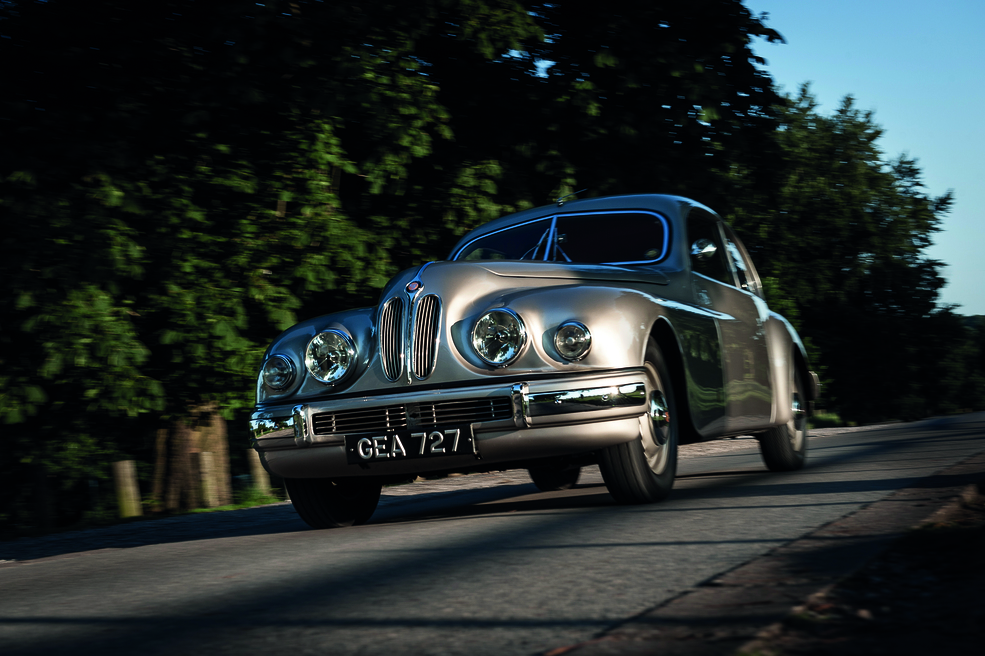
HIGH: 1948
Ton-up
The first fruit of the newly independent Bristol car company is the Bristol 401, a streamlined version of its predecessor which had been developed in a wind tunnel. With lightweight aluminium bodywork, it becomes the first 2-litre production saloon to achieve 100 mph.
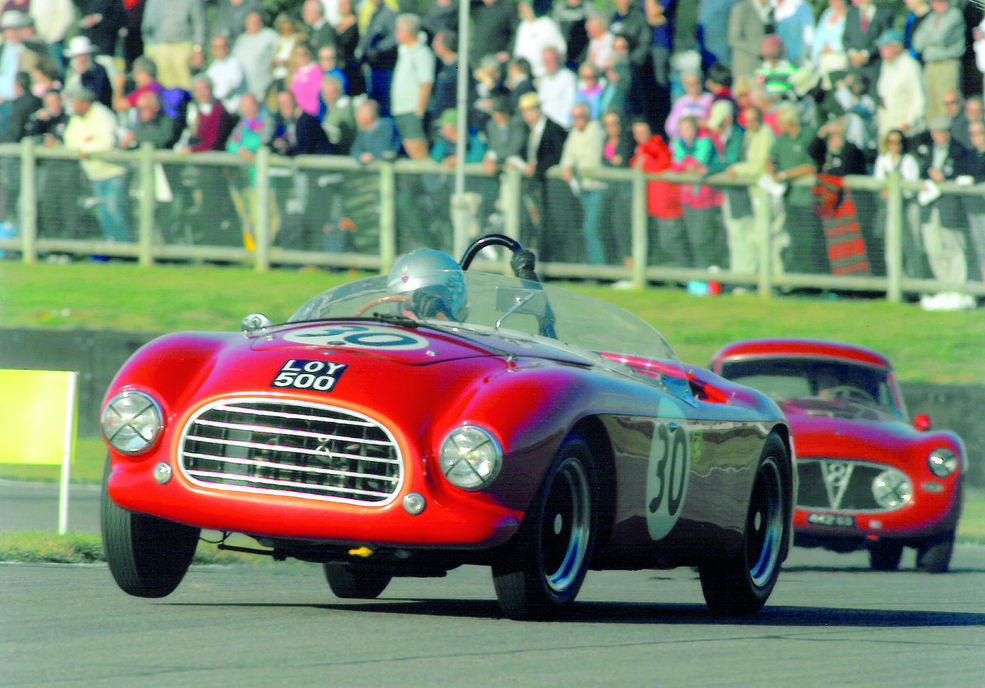
HIGH: 1945
Le Mans triple
By now Bristol is gaining a reputation as a fine sporting car and in 1954 and 1955, the factory enters a team of Bristol 450s at Le Mans, where they duly scoop up 1-2-3 class honours for two years running. Meanwhile, the Bristol engine is used by other entrants including Arnolt, AC, ERA, Frazer Nash, Lotus, Lister and Tojeiro. Unfortunately the tragic accident at the 1955 Le Mans sees Bristol withdraw from motorsport and only one 450 survives being broken up.
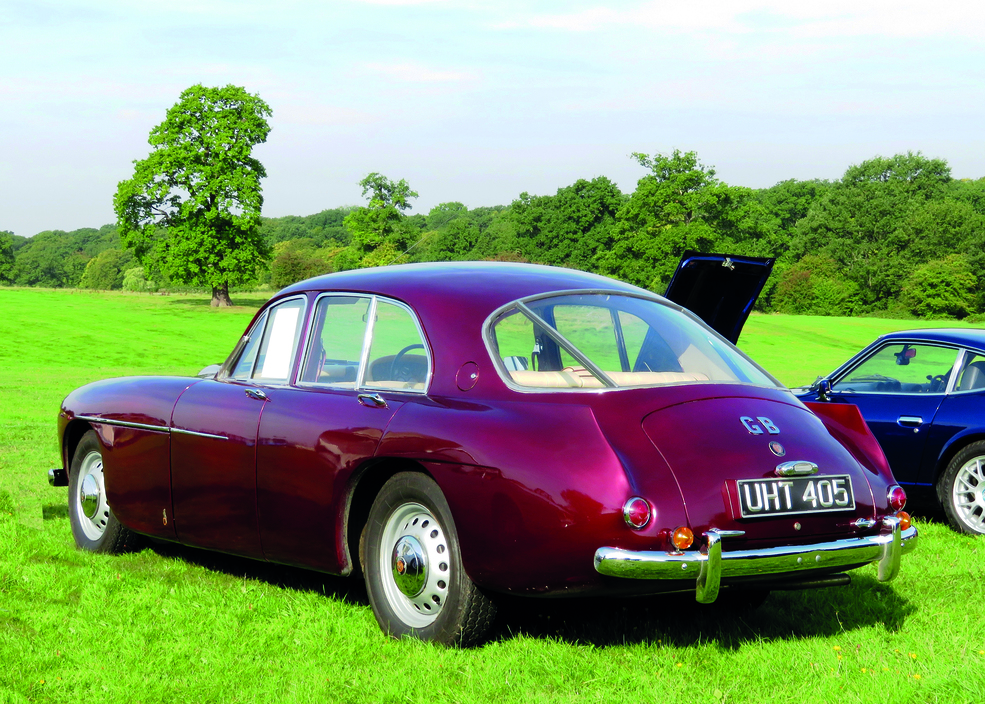
HIGH: 1954
Four-door
Despite being large cars and four-seaters, Bristols are destined to be two-door coupes, with the exception of the Bristol 405 which is unveiled in 1954. The sole four-door car to be produced by the marque, it’s essentially a restyled version of the 404 model, itself derived from the 401 and capable of a 110 mph top speed with the optional 125 bhp engine. The pair have the distinction of introducing Bristol’s unusual spare wheel location inside the offside wheelarch.
Compared to cars like the slightly later Aston Martin Lagonda Rapide or the early Maserati Quattroporte, the 405 was destined to be a relatively strong seller: lasting in production until 1958, it would eventually sell nearly 300 examples.
HIGH: 1958
Last of a generation
Perhaps realising that their postwar aero style was beginning to date, Bristol treats its range to a thorough overhaul and produces the 406 – a softer, more civilised car and more of a grand tourer. WIth a longer wheelbase, improved rear suspension and creature comforts like headrests and telescopic steering column, it appeals as more of a mainstream car. Despite the extra weight, the 406 is still a 100 mph car. The 406 however, is destined to be the last of the old-generation Bristols and the last to use the Filton-built straight-six engine.
LOW: 1960
Aero connection severed
In 1959 the government decides to nationalise the aero industry and the parent company the Bristol Aeroplane Company is forced to merge with English Electric, Hunting Aircraft and Vickers-Armstrongs to form the British Aircraft Corporation (BAC).
The Bristol car-making enterprise is small fry in this new giant and so is destined for closure, but there is a high: Sir George White – the erstwhile chairman of Bristol Aeroplane Company, steps in to purchase the firm privately. He is joined by a prominent dealer for the cars, Anthony Crook, who acquires 40 per cent of the shareholding.
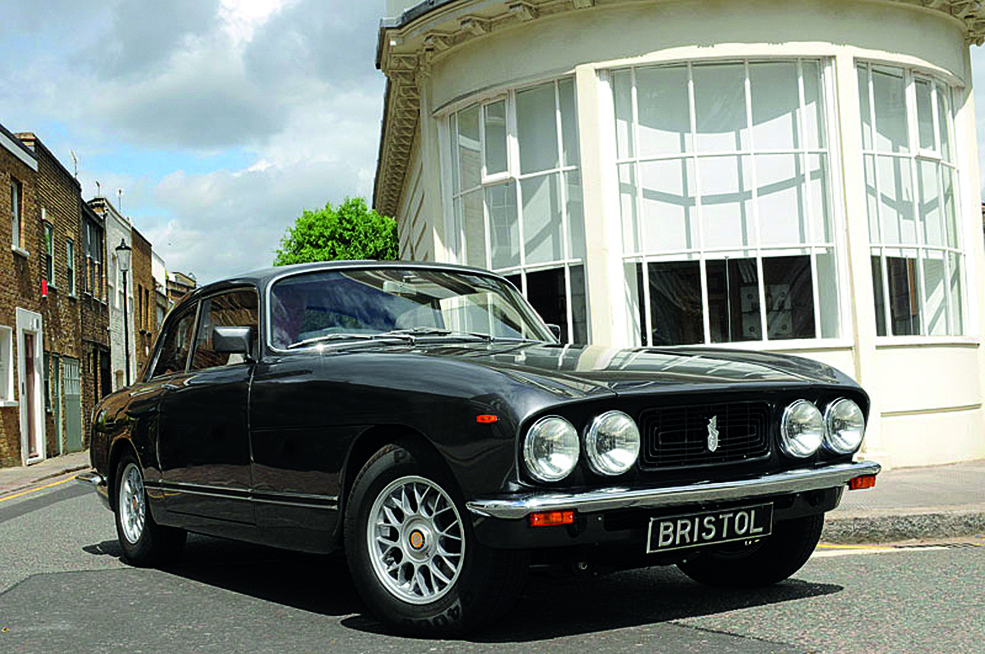
HIGH: 1961
Chrysler power
The severing of ties with the aeroplane maker means Bristol no longerr has the resources to develop and manufacture a successor to the BMW-derived six-cylinder engine. The radical step is taken of approaching Chrysler, whose Canadian subsidiary supplies a 5.3-litre V8. This first appears in the Bristol 407, looking much like the older 406 but now with a startling performance boost thanks to its 250 bhp. Top speed is a handy 125 mph and the chassis is uprated with coil springs.
LOW: 1973
End of an era
In 1969, Sir George White is ciritically injured in a car crash and it soon becomes apparent that he will no longer be capable of running the company effectively. Accordingly in 1973, he formally retires and his shareholding is acquired by Crook, who becomes sole owner and distributor of Bristol Cars.
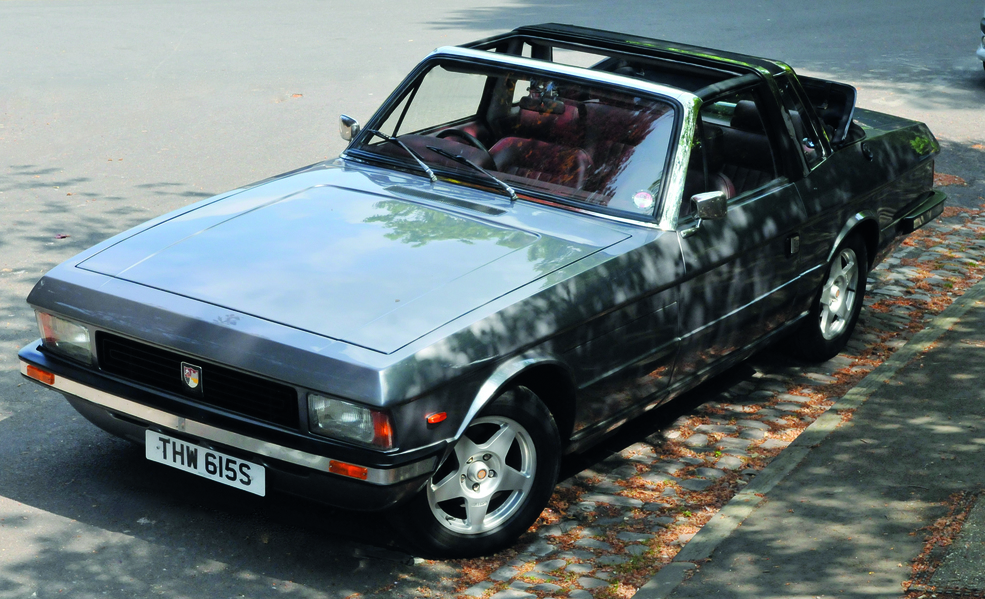
LOW: 1975
Challenging style
You’ll note the 14-year gap between the 406 and the launch of the 412, which is entirely due to the intervening models 407 to 410 being minor updates of the same formula. Clearly, Bristol couldn’t go on using the same recipe and in 1975 the last of the 4-series cars arrives sporting a drastic restyle courtesy of Zagato and a targa convertible format. This is where Bristol really starts to get left-field, with the 412’s clumsy styling dividing opinion massively. With a profile like a giant Lancia Beta Spider, its styling is challenging but still appeals to the Bristol faithful who relish being different. The car features some very modern design touches though, like the electric windows which drop half an inch to clear the side seals of the hood on opening the door. It’s also the first car to be offered with a factory option of LPG fuel.
HIGH: 1980
Turbocharged bomber
Reviving a name from Bristol’s aeroplane past, the Beaufighter is launched in 1980 and is based on the 412 but with a turbo strapped to the 5.9-litre Chrysler motor. The end result is that the car is good for a whopping 150 mph. Available with automatic transmission only, the Beaufighter has the distinction of being the fastest-accelerating automatic four-seater of its day.
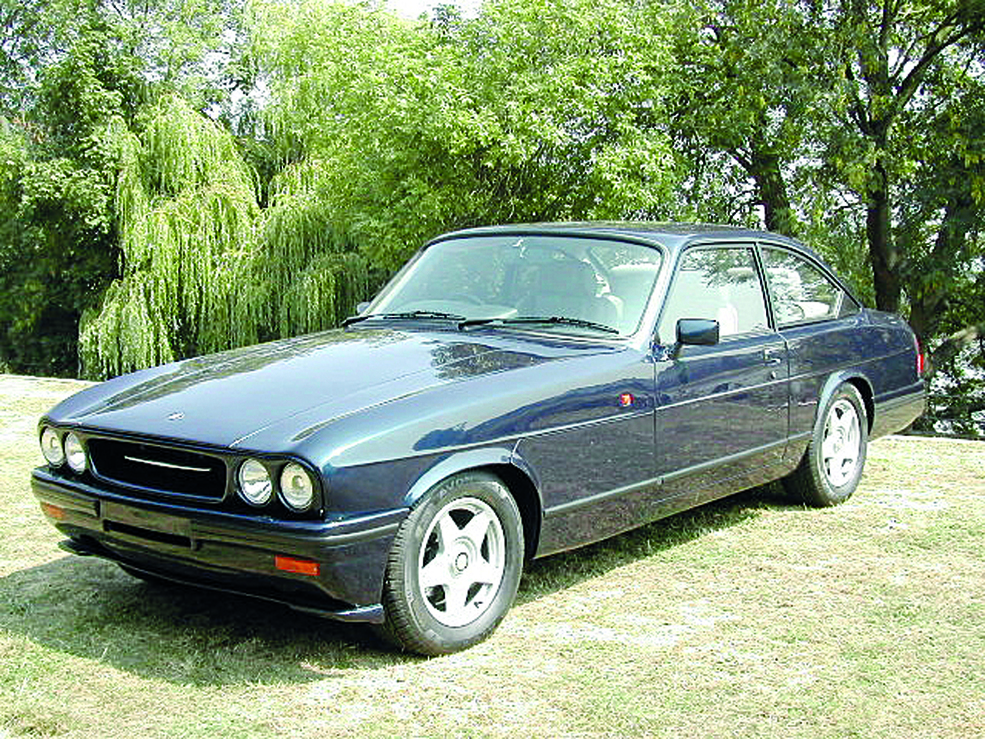
HIGH: 1993
Modern times
The 6-Series design introduced in 1976 as the 603 is thoroughly uprated with the styling tidied up and the name Blenheim after a wartime Bristol bomber. The car now sports modern technology like fuel injection.
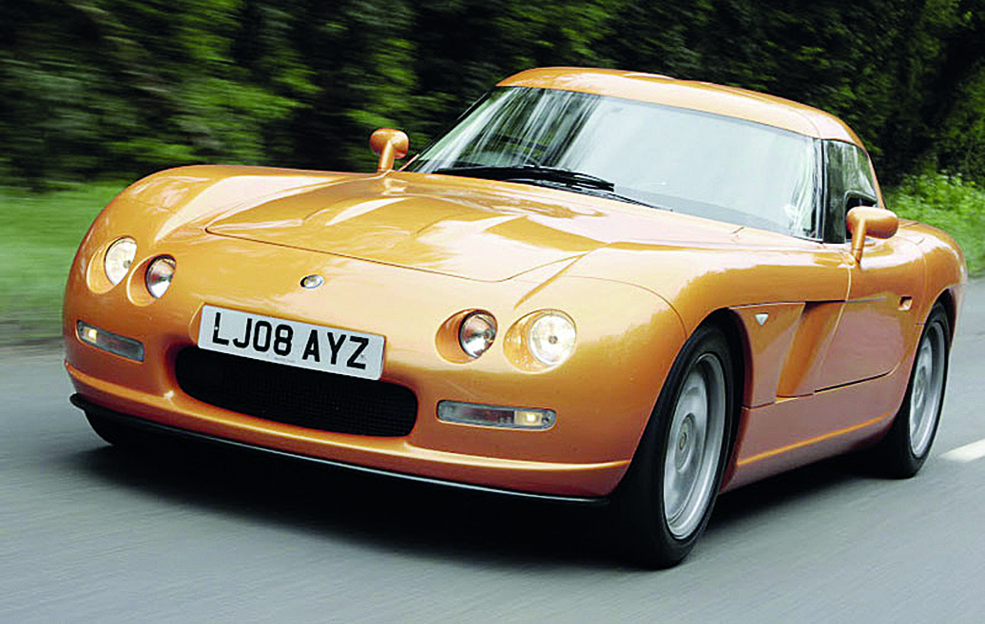
HIGH: 2004
Fighter returns
Destined only to be made in small numbers, the Fighter unveiled in 2004 is to be Bristol’s last new production model – although numbers are desitned to be tiny. With a modified version of the Dodge Viper’s V10 engine, the Fighter is said to be good for over 200 mph and is a starling-looking creation.
LOW: 2007
Retirement beckons
The man who had carried Bristol since the ’70s, Tony Crook formally retires in 2007. By this time he has already sold a 40 per cent stake to the Tavistock Group, which now acquires the remainder.
LOW: 2011
End of the road?
Without the enigmatic Crook at the helm, Bristol struggles and in 2011 the receivers are called in. The writing is on the wall but at the last minute Frazer-Nash Research steps in to acquire the assets with the intention of reviving the brand.
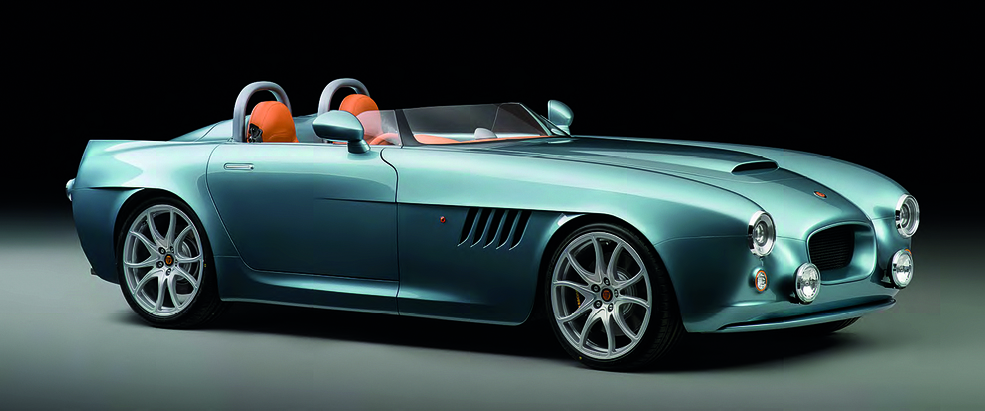
HIGH: 2016
Biting the Bullet
In 2016, teasers of a new Bristol model are rleased, with a disguised car appearing at Goodwood and journalists later taken for short passenger rides. The car is named the Bullet and runs the same 4.8-litre BMW V8 as supplied to Morgan but has yet to reach full production: Bristol initially announced that the Bullet would be launched earlier this year but so far we’ve yet to see what will happen to the famous brand.

